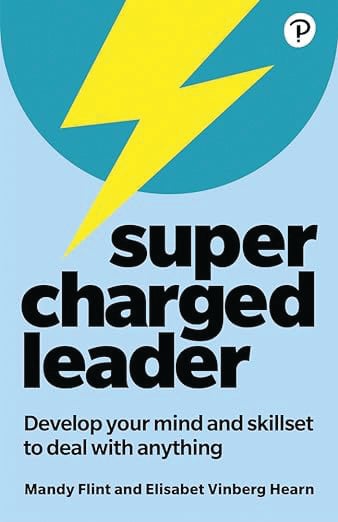Innovation Coaching Leads to an Innovative Culture

Today is different than yesterday. Tomorrow will be different again. The future holds challenges that we have yet to know anything about. The increasing speed of change in business and society is a reminder that we must become increasingly innovative to find the solutions for the future.
Continuous innovation isn’t just for nimble startups and scale-ups or the big tech-driven companies; it’s a must for every organization, and leadership is key to making innovation a reality. Leaders set the tone for what is expected, acceptable and the norm in an organization. There is much leaders can do to create an environment where the continuous innovation can flourish.
Many organizations have “innovation” — often as a buzzword in their values, vision or mission statement. But what differentiates the ones that really innovate and those that don’t? Culture and consistent behaviors.
This is where you come in as a leader. After all, your most important task as you progress through your career is to enable others to do their jobs, to deliver value, whether individually or through teamwork.
Make Innovation Part of the Culture
Everyone benefits from coaching, particularly in a fast-changing world. Great leaders not only notice their employees’ contributions but also put a metaphorical magnifying glass on the work they do and how they perform it.
This enables employees to keep learning and developing in line with the need for innovation and progress. They give people good, specific feedback and observations on what went well and what could have gone better, all with the positive intent of creating learning. They create a learning culture by helping others succeed, thus allowing for innovation to take place.
Five coaching behaviors can help create an innovative culture and environment.
Coach With Stories
Share your organization’s innovation ambitions, plans and goals with your staff, in person or by video. This message is too important to communicate simply in writing.
To embed the importance of continuous innovation, use storytelling to engage people at an emotional level. Share stories about how innovative approaches have contributed to customer loyalty, employee experience, goals and objectives. This makes it easier for everyone to understand the importance of innovation and their own roles in achieving it.
Coach Curiosity
Leaders need to let go of the “need to be right.” They need to (1) get rid of any sense of prestige, (2) admit they don’t know everything and (3) be curious and open-minded, realizing that what they knew yesterday may already be outdated.
Great innovation leaders don’t get complacent. They continually look outward and inward to see what’s happening around them and in the world. They consider what society and customers need, the problems that need solving, the opportunities that exist, and how they can thrive in the long term. They constantly challenge themselves.
Coach Generosity
Great innovative leaders continuously invite employees and other stakeholders to open, explorative and challenging dialogue. They know that no one has all the answers. When leaders generously share their leadership by including others in discussions and decisions, ideas and inspiration can start to cross-pollinate, enabling the creation of new possibilities and solutions for innovative results.
Coach Long-Term Thinking
Business is so much more than the here and now, yet many people get caught up in the urgencies of the moment.
And as much as this is needed, great leaders can manage long- and short-term thinking by setting goals and creating plans to achieve that balance. They spend time in the strategic, future space and invite others to share that space. Great innovation leaders continuously budget with a long-term focus — always investing in the future and sustainable business results.
Coach Courage and Resilience
With changes and progress come mistakes. Not everything that is tried becomes a success. Indeed, some of the greatest innovations and results come from daring to try and learning from mistakes.
Just consider Thomas Edison’s thousands of “mistakes” during his process of inventing the light bulb. Imagine if he had given up. But he didn’t. He learned from the setbacks and had the courage to try new things, as well as the resilience to keep going.
***
Great leaders encourage and coach others to take calculated risks and to learn from them. They are fine with shutting down ideas that don’t work, not seeing this as failure but as opportunities to get closer to what is new and different. For them, there is no such thing as failure, only results.
Transformational, lasting change happens at a behavioral level, so lead a culture of innovation with these proven coaching habits.
LISTEN FOR MORE
Last Word on Leadership Duo on ‘Unfiltered’
To hear Mandy Flint and Elisabet Vinberg Hearn discuss the Six Superchargers™ for leadership, check out their appearance on Institute for Supply Management®’s podcast, “Supply Chain — Unfiltered.” The episode is available at ismworld.org/podcast or at popular podcast platforms.



